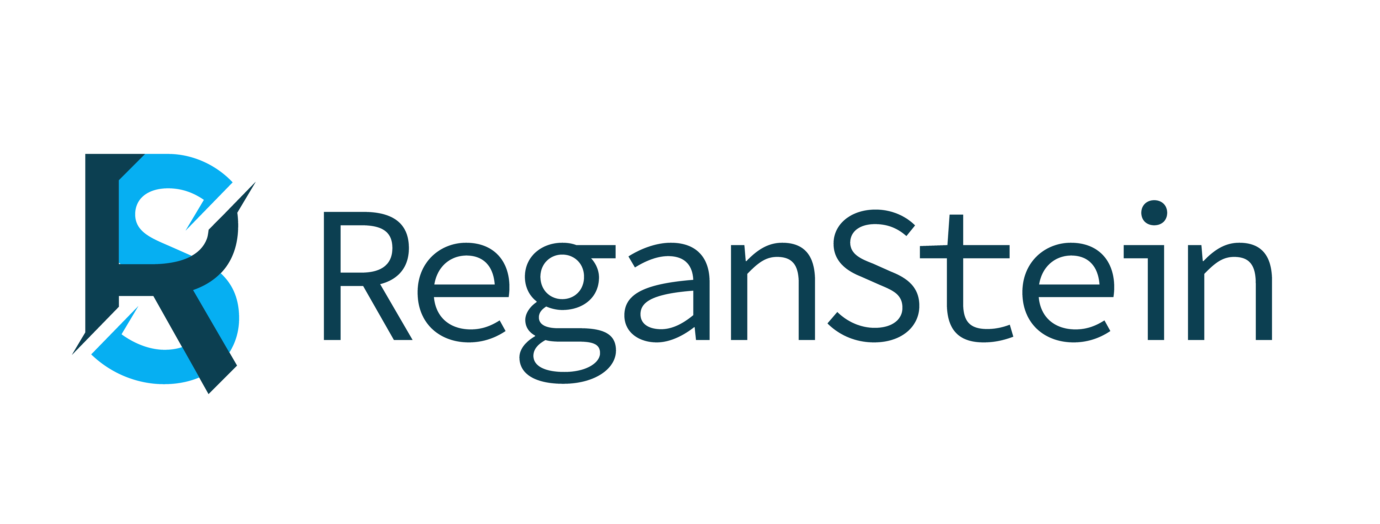Do you know if your organisation’s Talent Management Strategy is geared to delivering results?
Are you still using siloed systems and processes for each component of Talent Management?
It may be necessary to consider the effectiveness of these systems and processes to ensure impact and meaningful results.
The last few months, if anything, have seen an acceleration in pre-existing talent management trends.
There is a definite need to focus on 5 key areas for a strong and durable talent strategy for the post-pandemic world.
Attracting and hiring the right people.
Efficient and effective hiring is now more important than ever. Companies should focus on existing and new tools needed to make it easier to connect people to employment, based on a deeper understanding of their skills and how those matches with the competencies they require in their organisation.
Learning and Development
It is important now to consider the effects of workforce transitions accelerated by the COVID-19 crisis and the key role that reskilling plays in helping close any talent gaps.
Learning and development should be geared towards:
- Identifying competencies required for sustained operational success.
- Focused upskilling rooted in a changing work environment
- Leadership and management development
Employee Performance Management
Noticeable shifts in how organisations are managing and rewarding performance is taking place. Consequently, goals and performance plans have been dramatically affected, while making remote workers further reliant on performance management for feedback. There is a definite trend in creating frequent feedback channels in general but specifically so where performance is considered.
To encourage effective performance management now and beyond, companies should:
- Transparently link employee goals to business priorities and maintain a strong element of flexibility
- Invest in managers’ coaching and interpersonal skills.
Employee Experience and Engagement
The line between work and life have subsequently blurred, and the effect of working remotely means that the employee experience is now even more essential.
Companies must create norms of working that encourage engagement and inclusion for all employees. Here the quality of leadership skills can make a big difference.
Workforce Planning and Strategic Optimisation
Given shifts in how value is created in the post-COVID-19 world, the talent base required may need to shift as well.
Components of any workforce planning and strategy should include:
- Identifying Critical Roles
- Assess levels of capability
- Integration of processes to enhance outcomes.
In order to ensure that processes and systems are delivering sustainable outcomes, it may be worth having a review done of your current Talent Management initiatives. This review will highlight where you can tweak and make improvements that will have an overall impact on enabling an effective supply chain of talent.
Should you wish to explore this area of your organisation in more detail get in touch.
